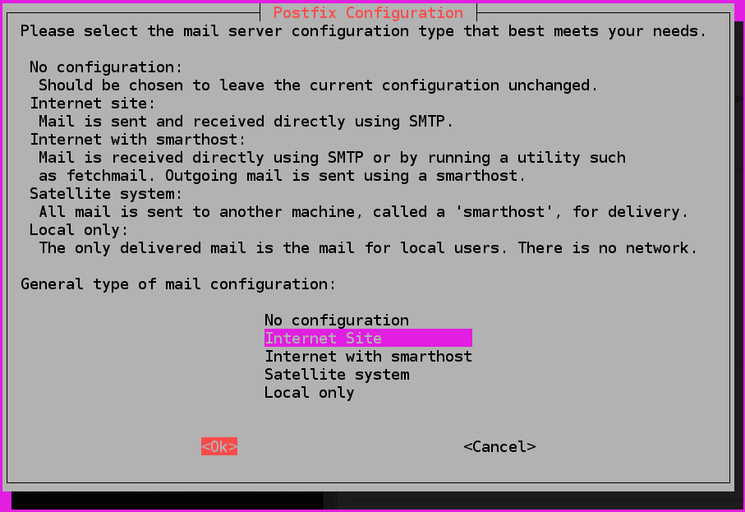Setting Up Postfix: A Beginner’s Guide
Postfix is a popular open-source mail transfer agent (MTA) that is widely used for sending and receiving emails on Linux-based systems. In this article, we will guide you through the process of setting up Postfix on your server.
Step 1: Installing Postfix
The first step in setting up Postfix is installing it on your server. You can do this by running the following command:
sudo apt-get install postfix
Follow the on-screen instructions to complete the installation process. Once installed, you can move on to the next step.
Step 2: Configuring Postfix
After installing Postfix, you need to configure it to meet your email sending and receiving requirements. The main configuration file for Postfix is located at /etc/postfix/main.cf.
Open the main configuration file in a text editor and make the necessary changes. Some of the important settings you may need to configure include:
- myhostname: Set this to the fully qualified domain name (FQDN) of your server.
- mydomain: Set this to the domain name of your server.
- myorigin: Set this to the domain name that will appear in the “From” field of outgoing emails.
Save the changes to the main.cf file and restart Postfix for the changes to take effect.
Step 3: Testing Postfix
Once you have configured Postfix, it’s important to test that it is working correctly. You can do this by sending a test email from the command line using the mail command:
echo "This is a test email" | mail -s "Test Email" user@example.com
Replace user@example.com with the email address you want to send the test email to. If the email is delivered successfully, then Postfix is set up correctly.
Step 4: Securing Postfix
Security is an important aspect of running an email server. To secure your Postfix installation, you can:
- Enable SSL/TLS: Secure the transmission of emails by enabling SSL/TLS encryption.
- Restrict Access: Configure firewall rules to restrict access to your Postfix server.
- Implement Authentication: Require users to authenticate before sending emails.
By following these security best practices, you can ensure that your Postfix server is protected against potential threats.
Step 5: Monitoring Postfix
Monitoring the performance of your Postfix server is essential for ensuring smooth email delivery. You can use tools like postfixadmin and pflogsumm to monitor the mail queue, track delivery statistics, and troubleshoot any issues that may arise.
Regularly monitoring your Postfix server will help you identify and resolve any issues before they impact your email delivery.
Conclusion
Setting up Postfix may seem daunting at first, but with the right guidance, you can easily configure and secure your email server. By following the steps outlined in this guide and keeping an eye on the performance of your Postfix installation, you can ensure reliable email delivery for your users.
